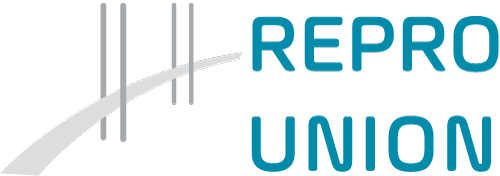This study is performed at Department of Growth and Reproduction, Rigshospitalet, Denmark in collaboration with Lund University, Sweden.
Insulin-like 3 (INSL3) is an insulin like hormone produced mainly in gonadal tissues in males (Leydig cells) and females. INSL3 plays a key role in development of male gonads and in guiding testicular descent. The mutations in this gene may lead to cryptorchidism, which is failure of one or both testes to descend into the scrotum. We are particularly interested in INSL3 as a candidate serum marker that directly reflects Leydig cell function in andrological and developmental disorders, including infertility. In women, INSL3 is produced in lower amounts by ovarian theca and luteal cells, and circulating levels are increased in women with polycystic ovarian syndrome. Studies suggest that the gene that codes for INSL3 may be involved in the development of urogenital tract and female fertility.
Quantification of INSL3 is commonly based on commercially available immuno-assays (ELISA) associated with great variation and suspected lack of selectivity, most likely due to cross-reactivity, which is also observed for other types of immuno-assays, e.g. for steroid hormones. Thus, development of a stable, sensitive and selective method for quantification of INSL3 in serum is of high priority. We have developed and validated the first quantitative method for INSL3 in serum based on liquid chromatography-tandem mass spectrometry (LC-MS/MS) (Albrethsen et al.). As a next step we are currently creating an in-house reference range which will be of crucial importance in ongoing studies of serum INSL3 in Leydig cell disorders. Ultimately, we believe that the clinical introduction of routine serum INSL3 measurements will improve diagnostic procedures of patients with reproductive disorders.
Reference: Albrethsen J, Frederiksen H, Andersson AM, Anand-Ivell R, Nordkap L, Bang AK, Jørgensen N, Juul A. Development and validation of a mass spectrometry-based assay for quantification of insulin-like factor 3 in human serum. Clin Chem Lab Med. 2018;56(11):1913-20
